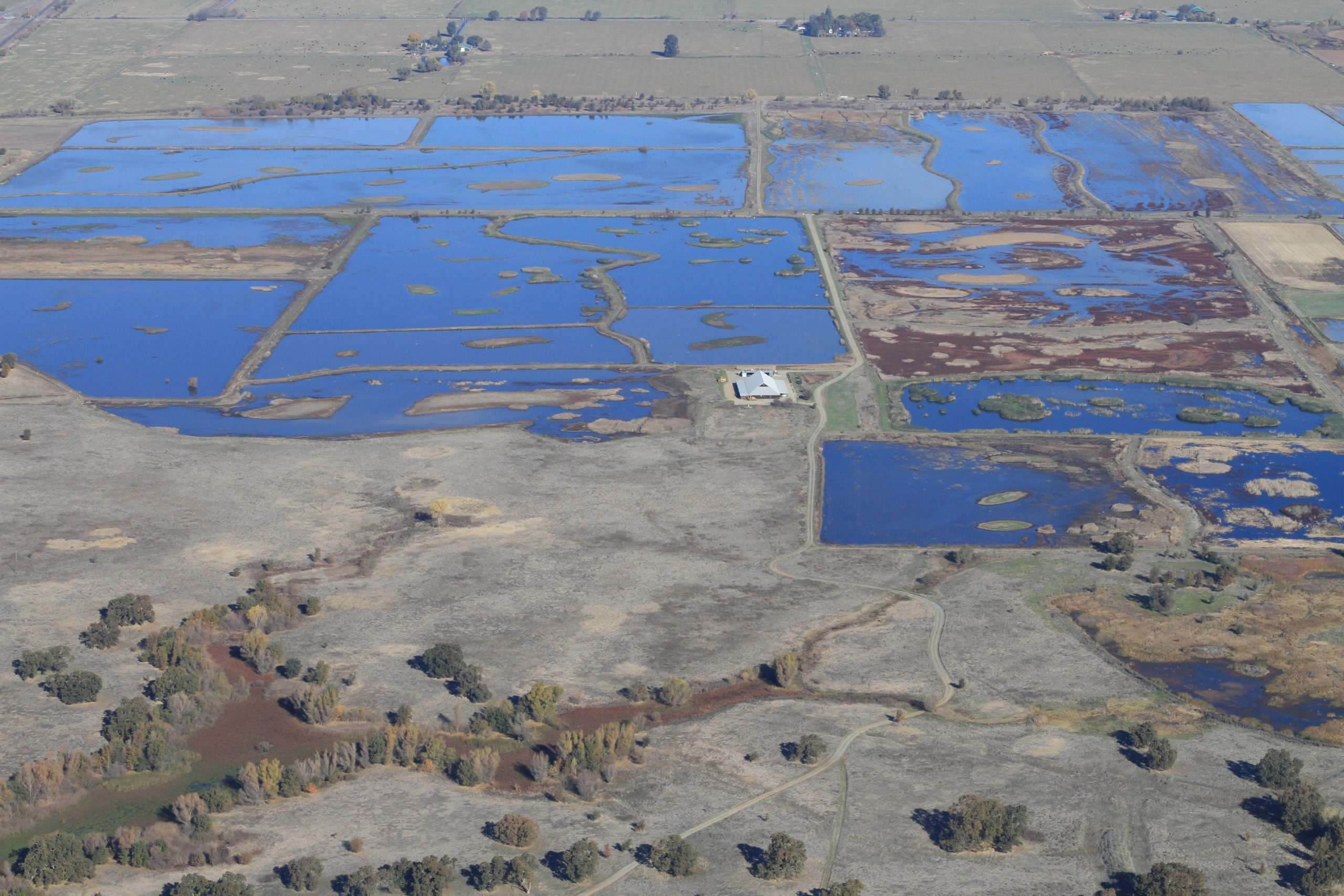Too often, entrenched conflicts that pit water user against water user block efforts to secure a sustainable, equitable, and democratic water future in California.
Striking a balance involves art and science, compassion and flexibility, and adherence to science and the law.
Felicia Marcus is a public servant unknown to many Californians. But as she concludes her tenure as chair of the State Water Resources Control Board, we owe her a debt of gratitude for consistently reaching for that balance.
In the face of a changing climate with more ferocious and unpredictable floods, droughts, and fires, Californians need public leaders of Marcus’ caliber. Under her guidance, the state water board helped navigate California out of one of the worst droughts in our history, championed solutions to help fulfill the human right to safe water, developed laws and regulations to bring our groundwater basins into balance, and began to bring our water data systems into the 21st century.
“There is no silver bullet to our water problems, only silver buckshot,” Marcus says.
She understood and championed the need for a portfolio of solutions. She genuinely listened, didn’t shy away from tough decisions, and maintained a fierce dedication to public safety, economic security, and environmental health priorities of the state she loves.
Her leadership will help her successors, E. Joaquin Esquivel and Laurel Firestone, who bring experience in community-based work to the board.
At a time when one million Californians can’t drink the water out of their taps, extreme weather threatens the security of our precious water supplies, and freshwater ecosystems stand at the brink of collapse, we must identify and encourage leaders who prioritize community needs and aspirations.
The water board’s work is complex. To keep California on a path toward success, the board should continue practices from Marcus’ tenure.
The water board’s role is to carry out laws passed by Congress and the Legislature, oversee water rights, and protect the public trust. That includes ensuring safe water and a healthy environment.
Board members increasingly championed flexibility and creativity in how those laws are implemented, seeking win-win solutions when possible. But it cannot compromise its legal requirements and end goals and objectives.
All of these tasks are easier said than done but are critical to mitigating and preventing the worst, whether it’s the collapse of iconic fish populations, toxic water in homes and schools, or the loss of our agricultural economy and heritage.
We can govern with science and empathy, humor and grace. We can collaborate around creative solutions that make the biggest impact with the smallest cuts while keeping our eyes trained on tangible outcomes.
In the Delta, that means restored habitat, clean water flows, greater certainty of supplies and resilience against droughts and more violent floods.
In a New York Times interview a few years ago, Marcus said: “I see people, and the first thing they want to tell me, they want to do, is confess their water sins.”
We’re lucky to have been in the same room as she listened actively to anyone about anything for as long as they needed to share. It’s not something to take for granted. Perhaps we all became water sin confessors in front of Marcus because she regularly reminded us that we all play a role in protecting our water resources.
In our field, we often hear that where water flows, our lives and livelihoods thrive.
Water public servants are what Californians need to keep us on a path dedicated to the public interest. We are grateful to Marcus for forging the path.
